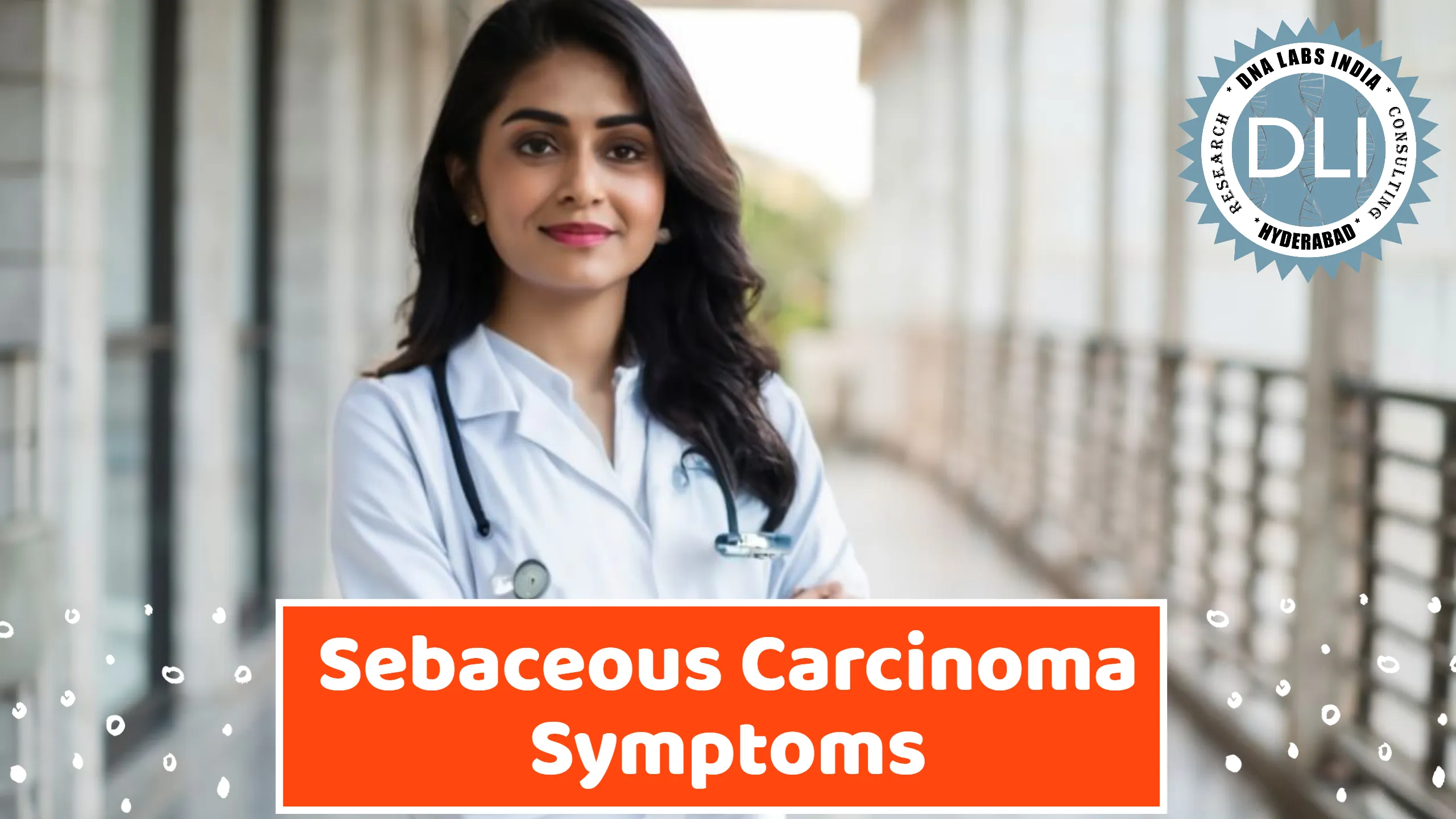Stay Alert: Recognizing Sebaceous Carcinoma in India
Sebaceous carcinoma, while a complex-sounding type of skin cancer, can be managed effectively with early detection in India. This guide aims to empower you with the necessary information to spot the early signs of sebaceous carcinoma, enabling proactive care for your skin health.
Understanding Your Skin:
The skin is your body’s largest organ, acting as a protective barrier while regulating body temperature. Within the skin, sebaceous glands produce sebum, an oily substance that helps to lubricate and waterproof your skin. Sebaceous carcinoma develops from abnormal growths in these glands.
The Importance of Early Detection:
The symptoms of sebaceous carcinoma are often not obvious initially, making early detection critical. Early diagnosis allows for more effective treatments, such as surgery or Mohs surgery, which is known for its precision and effectiveness. Catching the disease early often means simpler treatments with better outcomes:
- Treatability: Early-stage sebaceous carcinoma typically responds well to treatment, offering a higher likelihood of complete removal with minimal scarring.
- Preventing Complications: Delay in diagnosis can lead to more invasive procedures for removal and reconstruction. Being alert to the early signs and consulting a healthcare provider swiftly can make a significant difference.
Symptoms to Watch For:
Keep an eye out for these symptoms, particularly if they last longer than two weeks:
- Lump or Bump on the Eyelid: This is the most common manifestation, appearing typically on the upper eyelid. It may present as a painless, yellowish, slow-growing lump.
- Skin Changes Elsewhere: While less common, sebaceous carcinoma can appear elsewhere on the body. Any new or changing bumps or thickened areas that bleed or crust should be examined.
- Alterations in Moles or Lesions: Any change in the size, shape, or color of moles or skin lesions should prompt a medical consultation.
- Eyelid-Specific Symptoms: If the tumor is on the eyelid, symptoms might include persistent eye redness, watering, loss of eyelashes, or difficulty fully closing the eye.
It’s important to remember that not all such symptoms indicate sebaceous carcinoma, but they should not be ignored.
Proactive Skin Health Management:
While you cannot change some risk factors, such as a weakened immune system, you can take steps to protect and monitor your skin:
- Sun Protection: Minimize sun exposure during peak sunlight hours. Wear sun-protective clothing and use broad-spectrum sunscreen with at least SPF 30.
- Regular Skin Checks: Perform self-examinations of your skin monthly to catch any new or changing spots or lesions early.
- Dermatologist Visits: Maintain regular dermatological checkups, especially if you have risk factors such as a family history of skin cancer or an immunocompromised condition.
Conclusion:
Being informed is your first line of defense. Understanding the signs of sebaceous carcinoma and maintaining vigilant skin care practices can greatly aid in early detection and effective treatment. If you notice any concerning changes in your skin, do not hesitate to consult a dermatologist. Early action is crucial to maintaining both health and beauty of your skin.



